-
A Planet in its Own Orbit
On being Zaha
By Bernard Tschumi
On the occasion of her 65th birthday, fellow architect and educator Bernard Tschumi, who has known Hadid since their times at the AA in the 1970s, ruminates on the uncompromising approach and objective qualities that both inspire and define her.
-

At a lecture at Columbia University in the early 2000s, a student asked Zaha Hadid if she felt designing was harder or easier now that she was a “brand”. “A lot harder,” Zaha replied, without the slightest hesitation. Both the question and its answer have echoes of a larger predicament faced by all the main figures of architecture throughout history. Is Zaha a unique, lone, irreplaceable, and sometimes even tragic figure or, on the contrary, is she part of the spirit of the time, a zeitgeist figure, an undaunted trendsetter showing the shapes of things to come?
One always wonders if, for someone whose work seems to flow seamlessly, in which idea and form converge and often seem to merge in one single motion of delight, whether some projects have in fact presented more of a challenge for their creator than first meets the eye.Remember the Cardiff Opera competition (1994), in which her winning “String of Pearls” entry triggered a long and embarrassing debate about whether the gender and nationality of the winner might disqualify her from building the opera – a project that was then never built. Or the more recent Guangzhou Opera House (2003), where the difficulties of building a radical concert-hall configuration and stunningly fluid circulation spaces clashed with the limitations of budget, technology, and national focus before, during, and after construction. Unless they are purely commercial undertakings, virtually every architectural project is a fight and entails battle, at any time or place in one’s career.
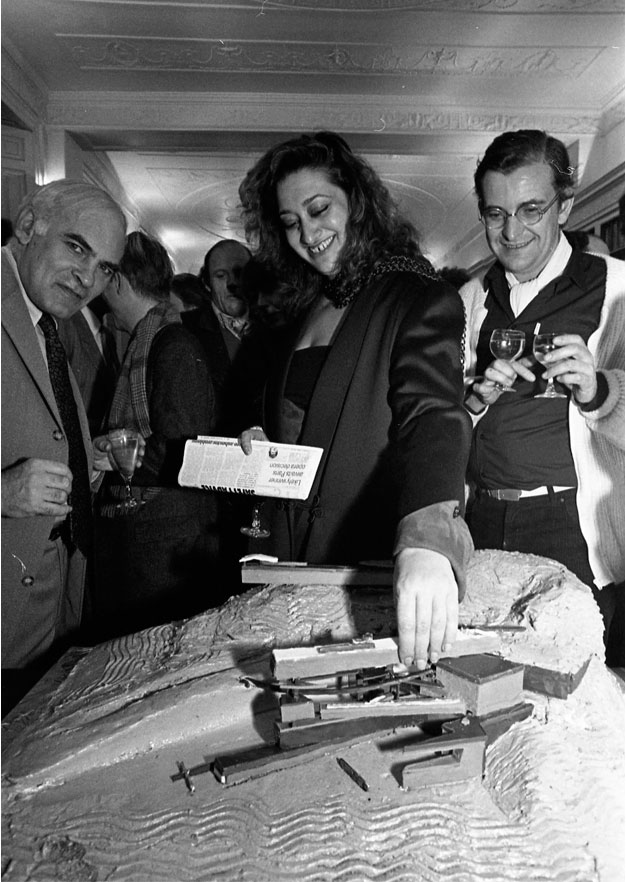
Zaha at the opening of her “Planetary Architecture II” exhibition at the AA, 1983.
(All photos © Architectural Association Photo Library, unless otherwise stated)
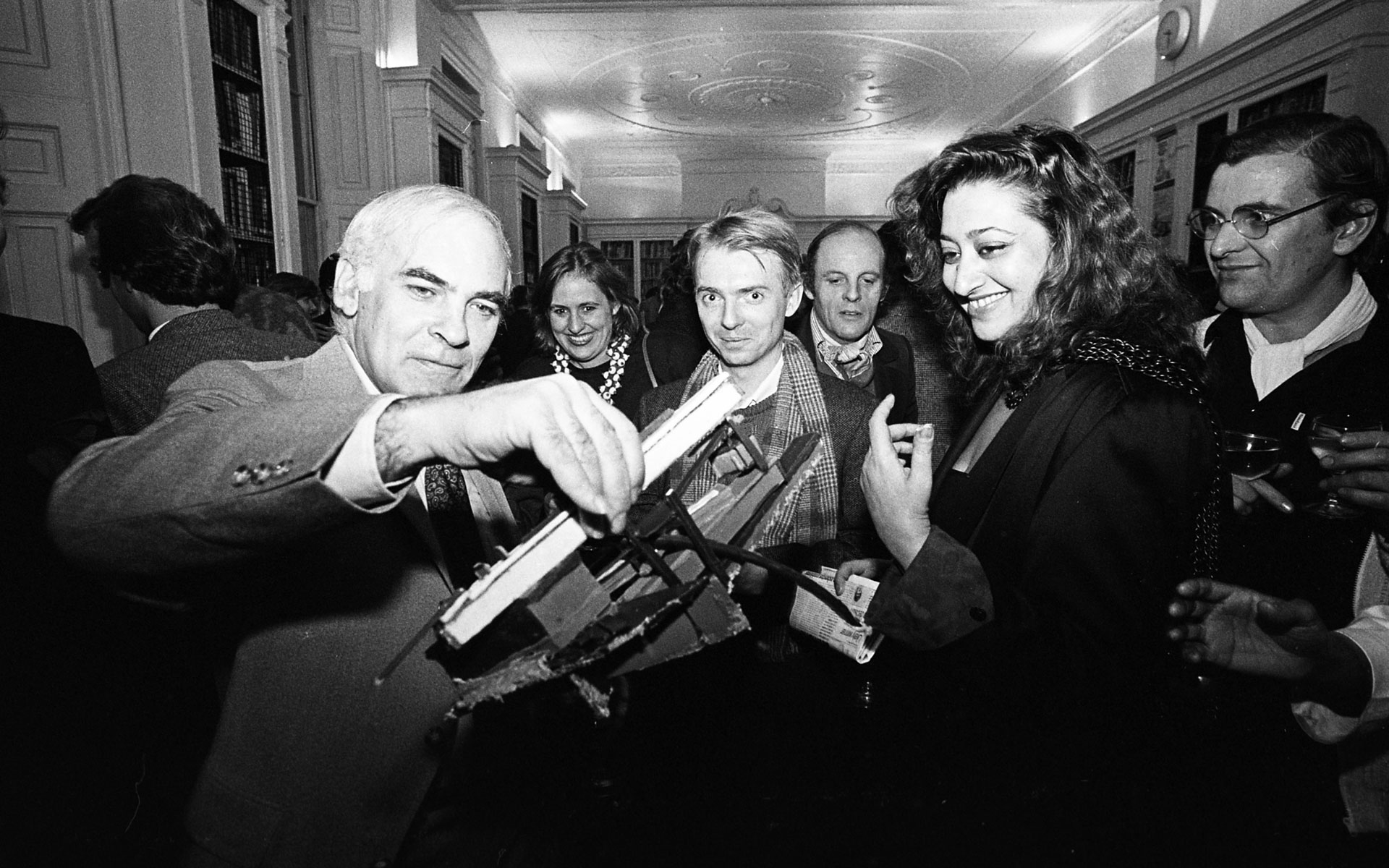
-
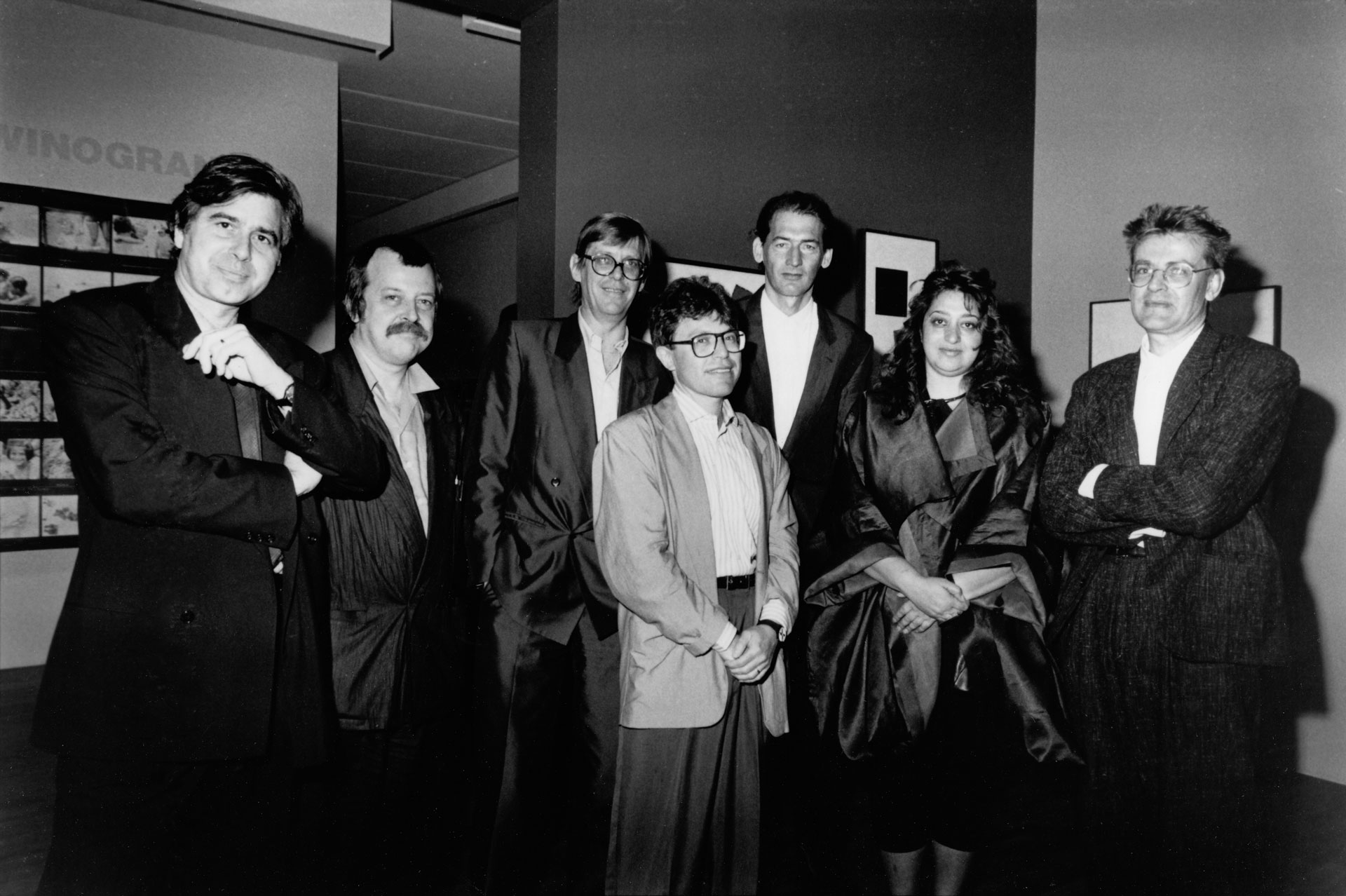
Left to right: Bernard Tschumi, Helmut Swiczinsky, Wolf D. Prix, Daniel Libeskind, Rem Koolhaas, Zaha Hadid, Mark Wigley. (Photo: © Robin Holland)
»If Zaha was, as Rem Koolhaas famously remarked, a planet in its own orbit, she is uncompromising on Earth.«
-
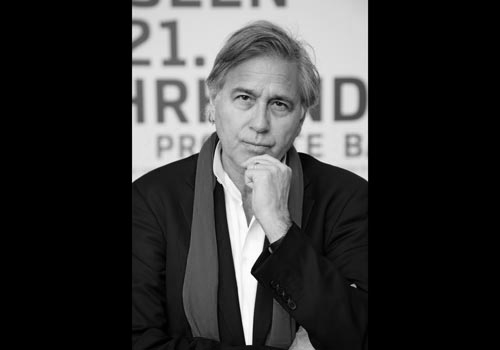
Bernard Tschumi (*1944) is the principle of the firm Bernard Tschumi Architects (BTA), which he established in Paris in 1983 with the commission for the Parc de la Villette, a 125-acre cultural park there. In 1988 the firm opened its head office in New York. Since then, projects have included the new Acropolis Museum; Le Fresnoy National Studio for the Contemporary Arts in Tourcoing, France; the Vacheron-Constantin Headquarters in Geneva; The Richard E. Lindner Athletics Center at the University of Cincinnati; two concert halls in Rouen and Limoges, and architecture schools in Marne-la-Vallée, France and Miami, Florida, as well as the Alésia Archaeological Center and Museum in France. He is a Professor in the Graduate School of Architecture at Columbia University, New York.
tschumi.com
Zaha has been, throughout this extended process, both dedicated and determined about her shapes in a way that transcends the, often pedestrian, “shape-ism” she inspired. If Zaha was, as Rem Koolhaas famously remarked, “a planet in its own orbit”, she is uncompromising on Earth. Think only of her legendary battles at the AA, as when Zaha and Alvin Boyarsky argued for four hours, at times in anger, over whether the dinner table for an event in her honor should be circular or rectangular, its shape being of paramount importance to Zaha. Shape or semantics, trivial or defining? (After all, a major peace treaty involving China, the US, and North and South Vietnam did depend on first agreeing on the shape of the negotiating table.) Look to the cherished artefacts she carries, wears and owns that have defined her image and sensibility over the years – the notorious “titty handbag” in the shape of a woman’s breasts by Jean-Paul Gaultier and the amorphous black furry bag (Is the story of Zaha’s handbags one that should be investigated, documented and archived?), the fluid pleated fabrics and artfully encrusted silks, the curvilinear Murano vases in riotous colors, and so many other objects and envelopments that have made her personal aesthetic and existence a mode of unique forms of continuity in space.
Zaha’s objective “creation myths”, defining attributes, and trajectory – which encompasses an effort to transmute these uniquely fluid forms of beauty into viable, articulate spaces – are like no other architect’s. May her 65th year see more uncompromising production and complex reflection on the objective qualities that at once inspire and define her. I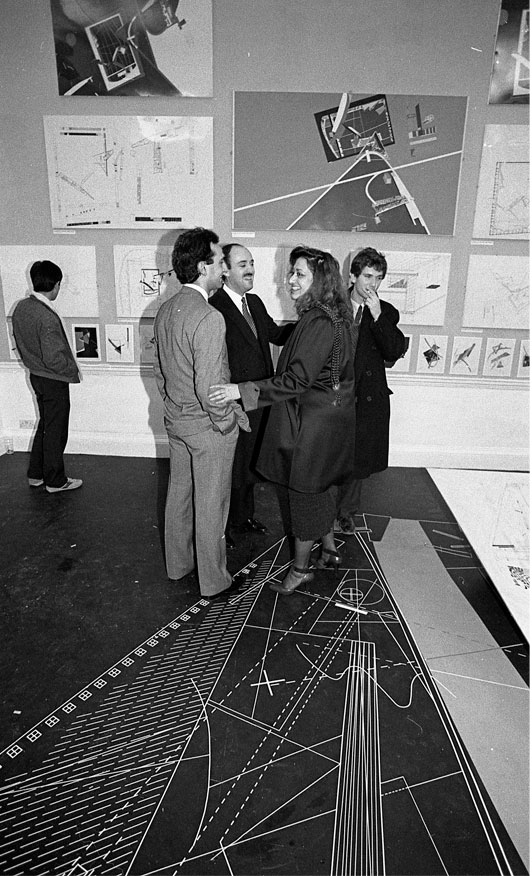
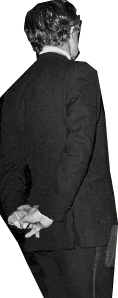
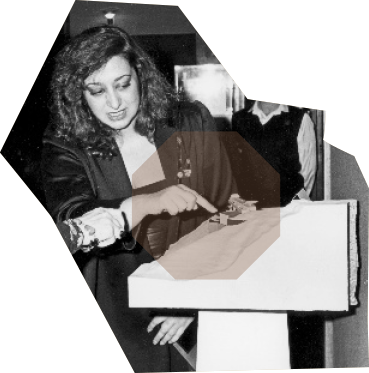
-
Search
-
FIND PRODUCTS
PRODUCT GROUP
- Building Materials
- Building Panels
- Building technology
- Façade
- Fittings
- Heating, Cooling, Ventilation
- Interior
- Roof
- Sanitary facilities
MANUFACTURER
- 3A Composites
- Alape
- Armstrong
- Caparol
- Eternit
- FSB
- Gira
- Hagemeister
- JUNG
- Kaldewei
- Lamberts
- Leicht
- Solarlux
- Steininger Designers
- Stiebel Eltron
- Velux
- Warema
- Wilkhahn
-
Follow Us
Tumblr
New and existing Tumblr users can connect with uncube and share our visual diary.
»Architectural interpretations accepted without reflection could obscure the search for signs of a true nature and a higher order.«
Louis Isadore Kahn
Keyboard Shortcuts
- Supermenu
- Skip Articles
- Turn Pages
- Contents


